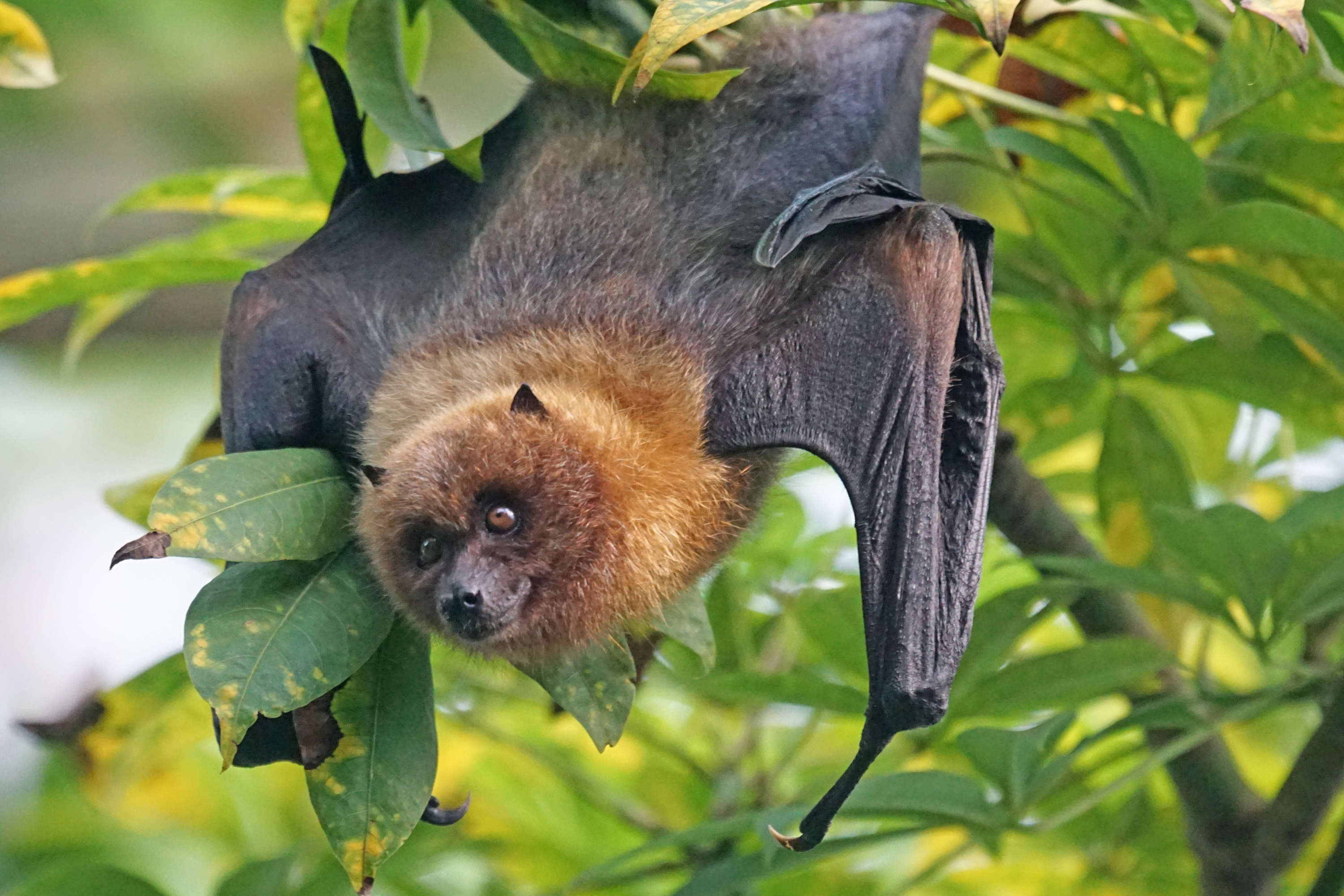
Wings of the Night: The Pollination Power of Bats
When the sun sets and most pollinators go to sleep, another group takes flight to keep nature’s work going—bats. While they’re often misunderstood or associated with Halloween, bats are essential pollinators, particularly in warm climates and tropical regions, and they play a critical role in food production, biodiversity, and ecosystem health.
That’s right—some of your favorite fruits, flowers, and even beverages owe a thank-you to the night-shift pollinators with wings.
Not Just Insect Eaters: How Bats Pollinate
While many bat species eat insects (which helps control pests), a group known as nectar-feeding bats visits flowers for sugary nectar—just like hummingbirds or bees. As they dip their long tongues or snouts into blossoms, their faces and fur pick up pollen, which is then transferred to the next flower they visit.
This pollination behavior is especially important for:
-
Night-blooming plants
-
Large, sturdy flowers with lots of nectar
-
Plants with pale or white blossoms, which are easier to spot at night
Pollination by bats is so common it has a name: chiropterophily (from Chiroptera, the scientific name for bats).
Crops and Plants That Rely on Bats
Bats are key pollinators for many crops and wild plants, particularly in desert, tropical, and subtropical regions.
Some important crops and plants pollinated by bats include:
-
Agave (used to make tequila and mezcal)
-
Bananas
-
Mangoes
-
Guavas
-
Papayas
-
Dates
-
Carob
-
Durian
-
Cactus fruits (like dragon fruit)
In the U.S., bats are especially important in the Southwest, where they pollinate saguaro cacti, agave, and other desert plants that support both agriculture and native wildlife.
Why Bat Pollination Matters
Bat pollination is more than a nighttime novelty—it brings real benefits to crops and ecosystems:
-
Improved crop yield and seed set, especially in tropical fruit crops
-
Increased genetic diversity through long-distance pollination
-
Support of native plants, which stabilize soil and provide habitat for other pollinators
-
Sustained food webs, as bats help plants that feed birds, mammals, and even humans
Plus, some nectar-feeding bats also consume insects, offering a bonus service of natural pest control on farms and orchards.
Threats to Bat Populations
Unfortunately, bats face growing threats that also put their pollination work at risk:
-
Habitat loss from deforestation and development
-
Climate change, which disrupts flowering and migration patterns
-
Pesticides, which can harm bats directly or reduce their food supply
-
Disturbance of roosting sites, such as caves and hollow trees
-
Misconceptions and fear, which lead to persecution and habitat destruction
Conserving bat populations is crucial not only for biodiversity, but for the food systems they help support.
How You Can Support Bat Pollinators
Whether you’re a farmer, gardener, or nature lover, there are simple ways to help bats thrive:
-
Plant native, night-blooming flowers like agave, yucca, evening primrose, and night-blooming jasmine.
-
Avoid pesticides, especially those that persist into the evening hours.
-
Protect roosting areas, such as old trees, rock outcroppings, and bat houses.
-
Reduce outdoor lighting to minimize disruption of bat activity.
-
Educate others about the positive role bats play in ecosystems and agriculture.
In Conclusion
Bats might not be the most obvious pollinators, but they’re quiet heroes of the night, keeping essential plants and crops growing while most of the world sleeps. From tequila to tropical fruits, bats play a role in producing foods we love—and in supporting the biodiversity that keeps our ecosystems resilient.
So the next time you see a bat flutter by under the moonlight, remember: they might just be out helping your next drink or snack grow.
Up next: The Original Pollinators: How Beetles Help Keep Crops and Ecosystems Thriving
Share


